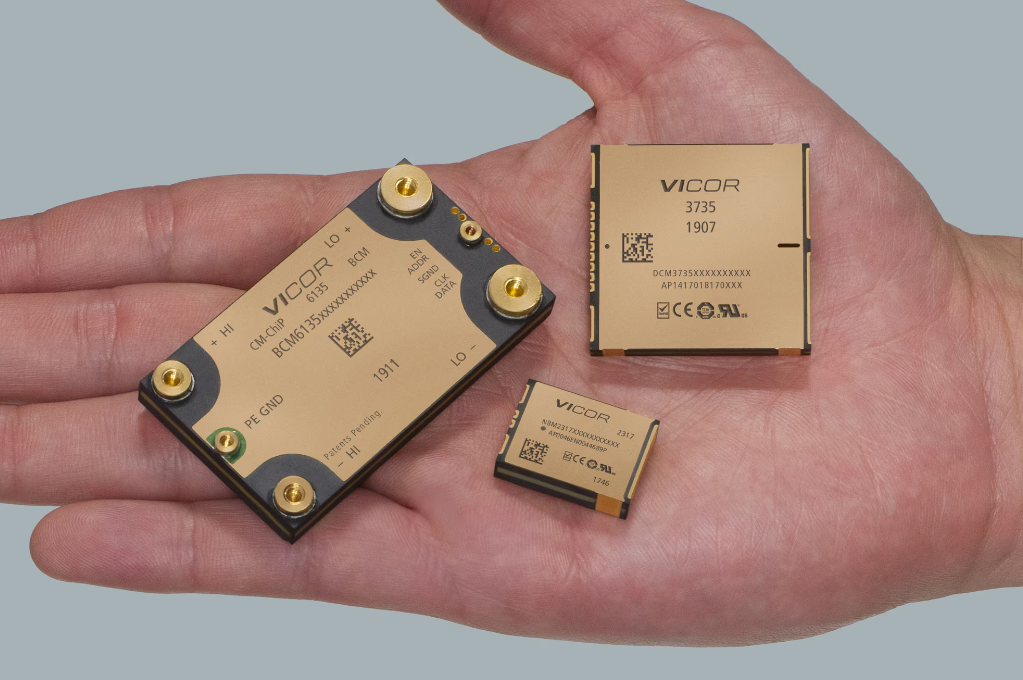Vicor Launches Advanced High-Density Power Modules for 800V EVs

In the past few years, EV manufacturers started using an 800V architecture for their models. Porsche’s Taycan was one of the first examples, but Kia and Hyundai quickly followed suit with the EV6 and Ioniq 5, respectively. Even Tesla used an 800V architecture for the divisive Cybertruck. The reason is pretty straightforward – higher current means lower heat generation, quicker charging, thinner cables, and better power management.
Still, converting 800V electricity to a smaller current for use in auxiliary systems requires complex and heavy power modules. That’s where Vicor, one of the world’s largest manufacturers of power modules, steps in. The company launched three new models, aiming to simplify conversion, but also to work better with the new 48V industry standard for auxiliary systems. Namely, the aforementioned Cybertruck is also the first vehicle to use a 48V zonal architecture, instead of the widely-adopted 12V. This transition brings the same benefits as the jump from 400V to 800V.
With its three new power modules, Vicor allows for 300 possible configurations. Moreover, the modules support automatic power sharing, which allows for seamless integration into arrays. Crucially, it gives automakers the flexibility to design innovative systems that improve vehicle performance while managing power efficiently across multiple voltages (800V, 400V, 48V, and 12V). By integrating these modules, manufacturers can optimize space and reduce costs, paving the way for smarter and more scalable EV architectures starting in 2025.
The BCM6135 is a 2.5-kW BCM bus converter that transforms 800V to 48V to power auxiliary vehicle systems. It operates at an outstanding 98% efficiency, thus eliminating the need for a large and heavy (25-pound) 48V battery. As a result, it saves space and weight, which are crucial in EVs. Meanwhile, the DCM3735 is a 2.0-kW DC/DC converter that transforms 48V to 12V output, which is suitable for powering the vehicle’s smaller subsystems. It offers 300 kW/L power density, providing high efficiency and compact size.
Lastly, the PRM3735 is a 2.5-kW PRM regulator for 48V currents, promising an outstanding efficiency of 99.2%. With its power density of 260 kW/L, this module is smaller than other DC/DC systems, providing additional space and weight gains.

 Tech Steel & Materials
Tech Steel & Materials
Comments are closed